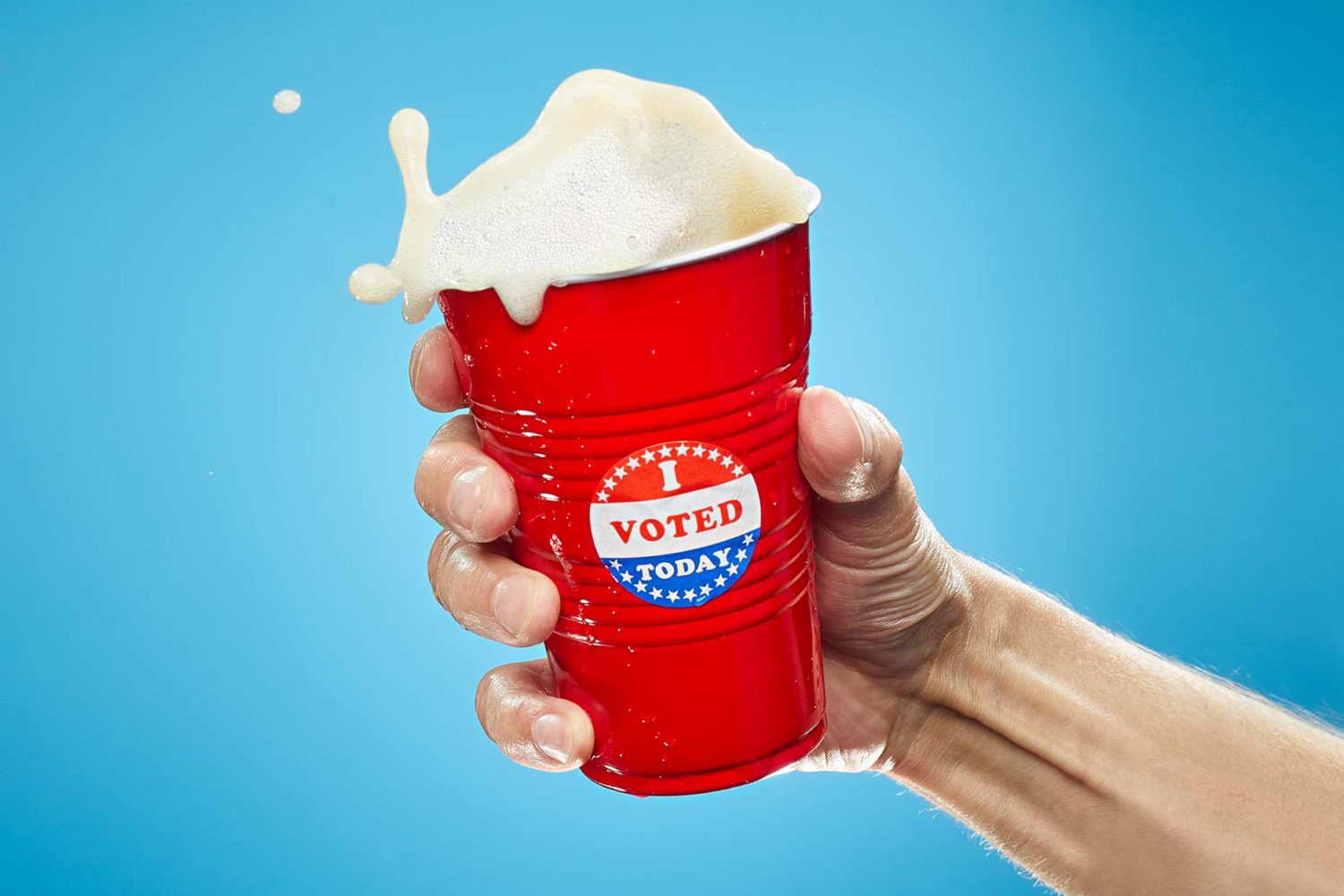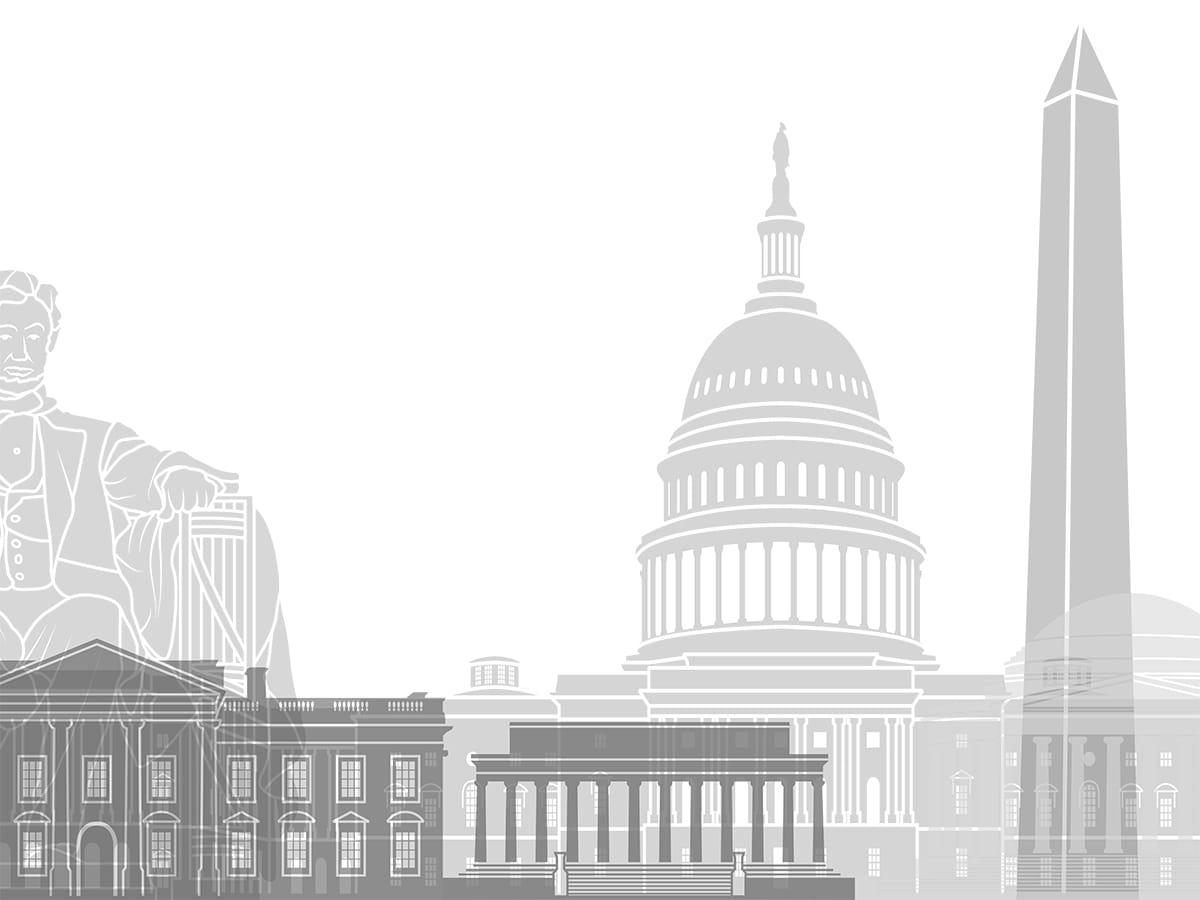Marlene Dietrich showed up to the premiere of the film The Sign of the Cross wearing a suit. With pants. It was, in 1932, the sort of sartorial choice that caused a stir. A few years later, when designer Elsa Schiaparelli introduced a brown tweed number in her winter collection, the outfit became so infamous that it now resides in the Metropolitan Museum of Art.
In those days, there wasn’t even a word for the getup. “Pantsuit” was coined in 1964, a time when the skirt suit was the likelier alternative. But a half century later, it’s so familiar that “pant” can feel like an unnecessary syllable. Yet even if the pantsuit is no longer a controversial fashion statement, both the item and the term remain objects of a certain anxiety among the professional women who don the attire most.
In 1989, as Bill Blass sent women in wide-shouldered blazers and flappy-legged trousers down the runway, the New York Times interviewed women on Wall Street and in law firms. “I once wore a very nice pants suit to the office thinking I wouldn’t be seeing any clients that day,” said one. “Then a client I’d never met came into town and called to invite me to lunch. He thought I looked great, but I’ve never worn pants to the office again.” Pantsuits weren’t permitted on the Senate floor until 1993.
That was the year Hillary Clinton came to town. During her White House tour of duty, the pantsuit finally stuck—both as a sartorial identifier for Clinton and as no-longer-contentious office apparel for professional women. In 2016, the term was a rallying cry for Clinton’s campaign and for her fans, its basic squareness reclaimed almost like a slur. October 22 was dubbed “National Pantsuit Day,” and scores of Hillary voters went to the polls in pantsuits.
As it turns out, it’s the slightly silly, overstuffed sound of “pantsuit” that makes the word so fun to say—and such a successful reappropriation. If “pantsuit” began life as a sexist mishmash, to call the garment a “suit,” at this point, would be to lose the embedded history of everything women fought for just for the right to wear it while seeking the highest office in America.
This article appears in the December 2016 issue of Washingtonian.


















